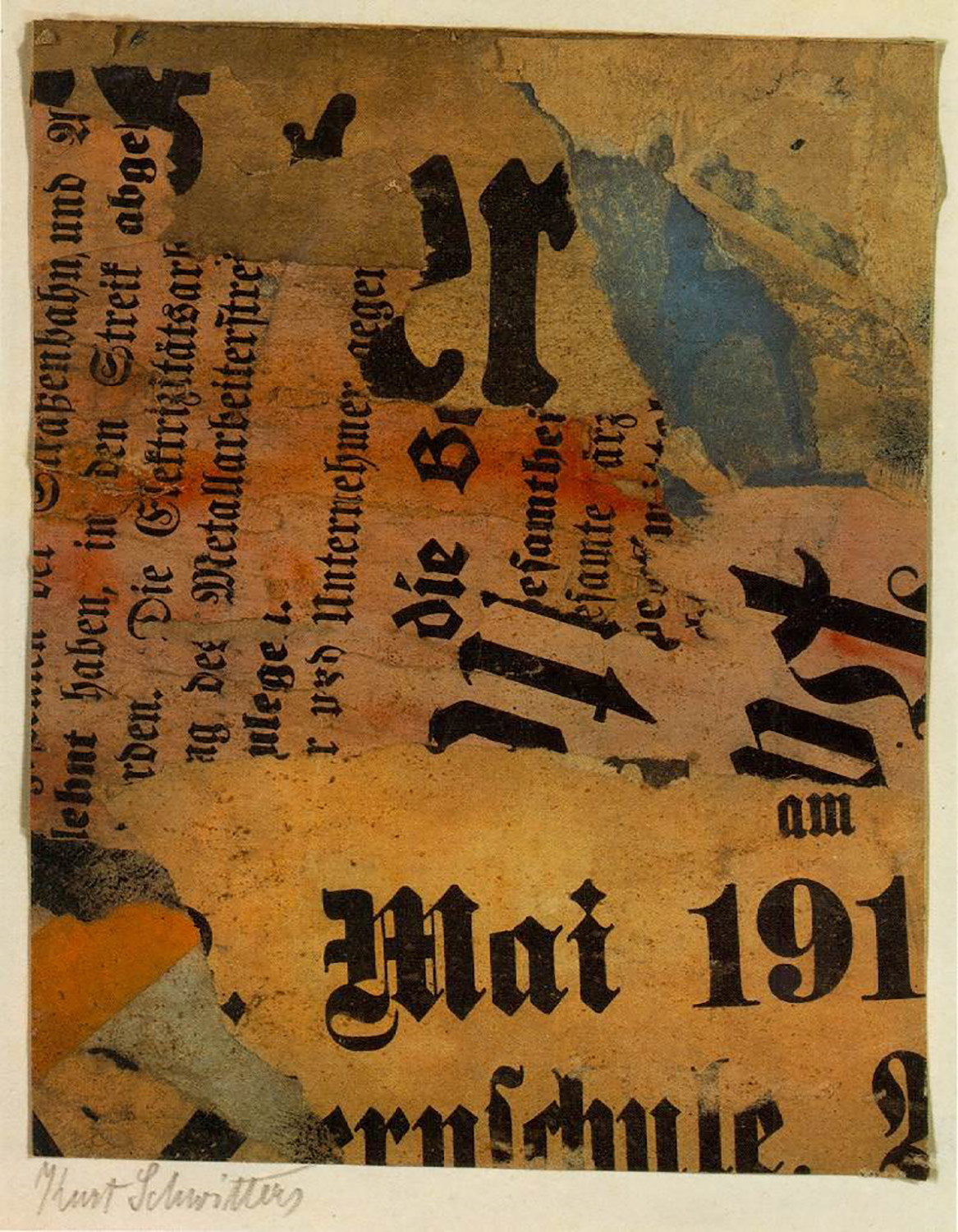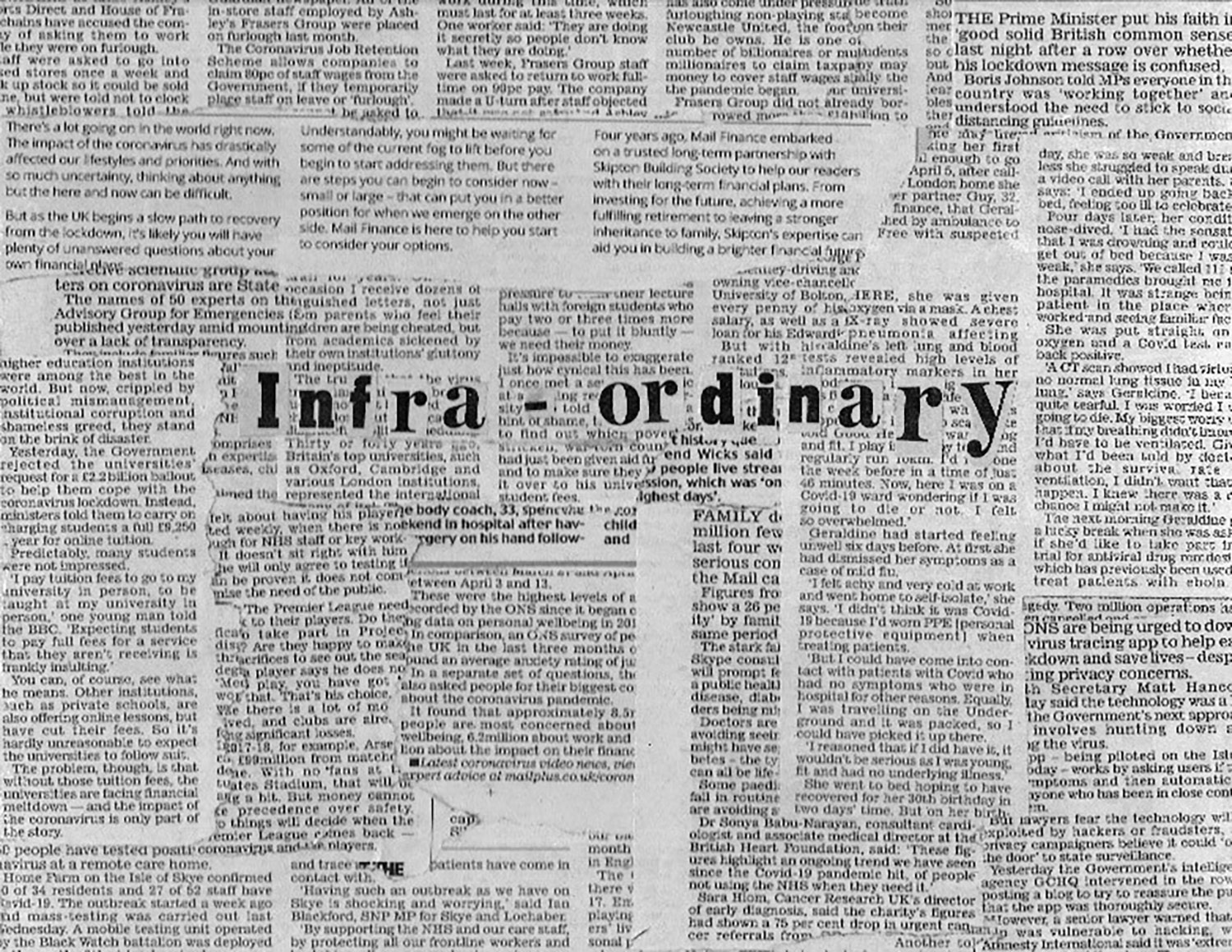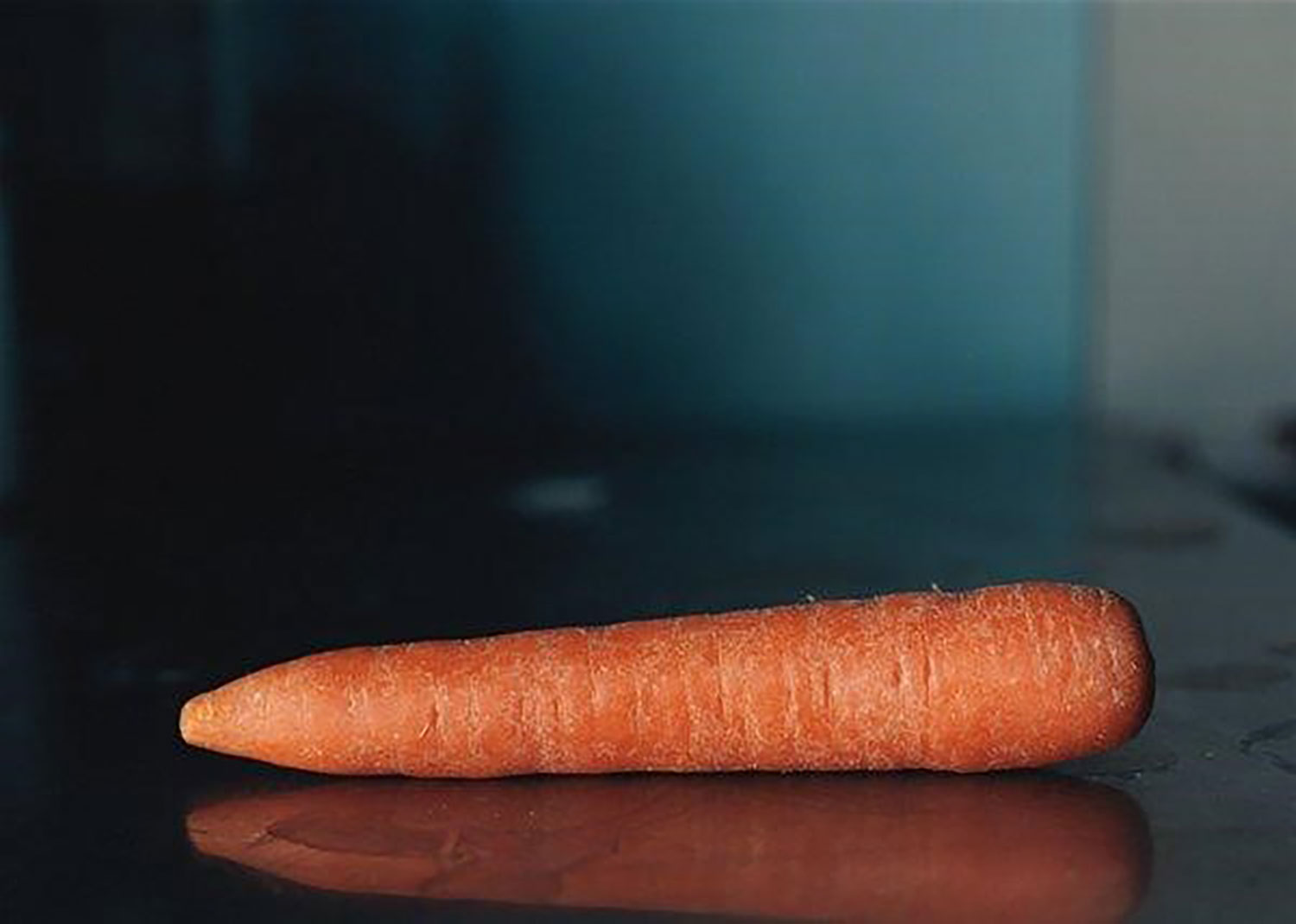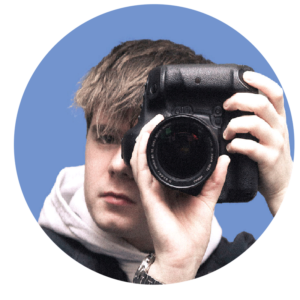Locked in the confinement of my own space, in a time so unordinary, I explore and question the infraordinary. To discover what remains, what we don’t notice, what doesn’t call attention to itself; to question what happens when nothing happens, what passes when nothing passes?
I turn my head from the inevitable pandemic of which is inescapable; On every newspaper, television and radio station I cannot emerge. I find myself with more questions each day I wake. I am lost daydreaming, lost in the concept of time. In search of answers I question the habitual, the banal, the quotidian, the obvious, the common, the infraordinary.
The outbreak of the Spanish flu in 1918 did not go unnoticed by artists. World War One and the flu resulted in everyday life becoming unordinary. The Dada movement seized the absurdity of the Spanish flu in 1918 by creating a new form of art, this led to the medium of the collage, which became popular during a time many artists were dealing with horrors by cutting, reassembling and remixing (Fig 1).

The news, they talk of everything but the daily. A story only becomes a story when the spectacular or the disastrous occurs. But what happens daily? Creating a collage comparable to what was popular during the Dada movement I present the cover of my book with articles from the daily newspapers (Fig 2). I subtly introduce the reader to the concept of infraordinary within the book; The collage is a selection of articles on Covid-19 and the effect it has had. These articles in the papers prove that neither do they document the daily, but neither do they answer the questions raised by many.
“The daily papers talk of everything except the daily. The papers annoy me, they teach me nothing. What they recount doesn’t concern me, doesn’t ask me questions and doesn’t answer the questions I ask or would like to ask. What is really going on, what we’re experiencing, the rest, all the rest, where is it?”
(Perec 2009, P.209-210)

Using the camera as a metaphor for my eye, I explored my space, photographing from my own perspective. My camera allows me to share my time in isolation, expressing my thoughts and emotions around the pandemic of which has led me to question my existence. Giving me the time to stop and reflect on the mundane of the everyday which one would overlook as a fleeting moment; by documenting the infraordinary. Photographing through my house from front to back I ‘question … bricks, concrete, glass, our table manners, our utensils, our tools’ (Perec 2009, P.210). I photograph the space in which my body is absent, yet I still leave traces of it; from a mound of butter to a bar of soap, the infraordinary objects are a representation of my body.
Inspired by Olivier Richon and his body of work ‘Still Life’. Richon’s work is a re-interpretation of the still life genre and a reflection on the object as a sign. Richon considers images as a script and a rebus, where meaning and signs are accumulated; which I portray throughout my book.

Mimicking the newspapers, I use their font, I raise questions on the daily yet leave no answers. Photographing and writing in first person aids the reader to flow through my story, my journey, my emotions and my questions. Using text from Species of Spaces and Other Pieces by Georges Perec, I edited it into first-person allowing the reader to step into my shoes and see from my perspective as if it were their own. Within my book is a Children’s song from Les Deux-Sèvres. The song ‘In Paris, there is a street; … the street knocked Paris over.’ is a metaphor to the effect a small action can have on the world, relatable to the global pandemic of Covid-19 which is believed to have begun in the ‘wet market’ of Wuhan where basic hygiene from one person is not followed, resulting in the world being turned upside-down.
By exploring the page as a space, I write in the headers, footers, shoulder notes and margins, I write unorganised, from one page to another, trapping the text within its own space to explore and understand the space within a page, reflecting on the loss of routine and inorganization the pandemic has caused. Taking away the photographs and text relating to the body and one is still left with a representation of the body, with a header, footer, body of text and shoulder notes.
Time; it is lost, but what is time? Time, in simple terms, is a concept for the passing, yet I am trapped within a daydream, clueless of what is passing. During isolation I find myself staring, daydreaming into my space, unaware that I am dreaming, unaware of what I am seeing, unaware of what is passing. But what is my space, is it my space? When does somewhere become my space?
My work raises questions that commonly go unnoticed, for those in isolation, others looking back on isolation or those who believe in having their own space. We spend our time in the familiarity of our home but is it familiar? Is it your home? Is it your space? We should question what is behind our wallpaper, what is behind the brick, the infraordinary.
Infraordinary Photography Book

Infraordinary Photography Book
Bibliography
Perec, G. (2009). Species of Spaces and Other Pieces. Brantford, Ont. W. Ross MacDonald School Resource Services Library.


